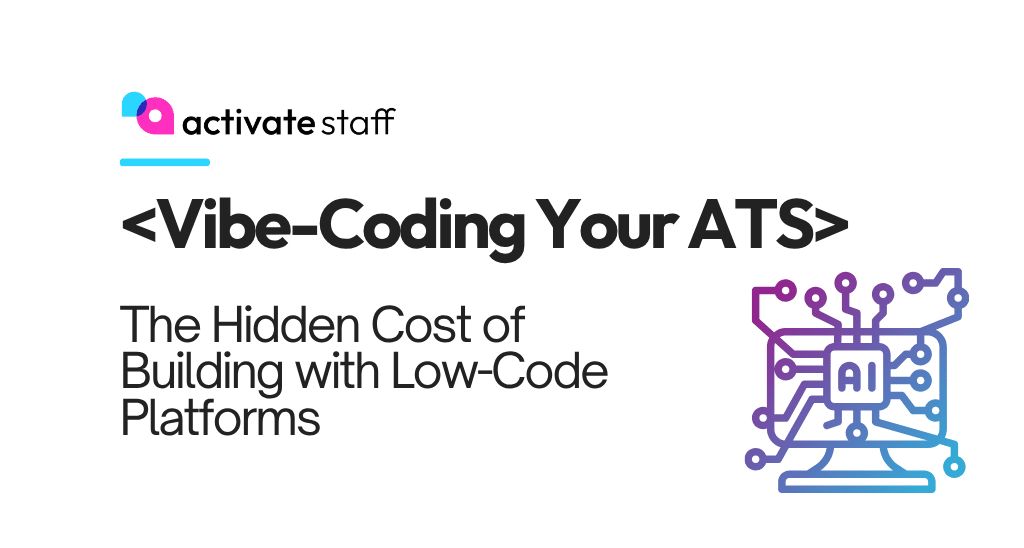(Previously published on the TimeSaved blog)
Artificial intelligence (AI) is providing new opportunities for recruiters to free up time and hire more efficiently. By using large data sets and machine learning to perform tasks and gather insights, AI solutions can provide support through many different stages of the recruitment process.
Sourcing
Sourcing candidates is extremely time-consuming work. Recruiters have to write job descriptions, seek out qualified leads and comb through dozens (if not hundreds) of resumes in a day. AI solutions address these time-consuming tasks in a number of ways. Some choose to scan the web for information like social profiles and resumes to provide recruiters with recommended candidates. Others take a look at a company’s ATS data, analyzing a large number of profiles to draw insights.
AI tools are also used to improve the effectiveness of human effort in the sourcing process. Software solutions can help companies write better job descriptions by analyzing language and making recommendations based on hiring outcomes the system has processed.
Screening
The screening process is where AI begins take on more human-oriented expressions. Chatbots are some of the earliest and most notable tools that work like this. Initially chatbots were a simple set of rules that would allow the bot to respond to very specific responses. Now we’re seeing more incorporation of machine learning and natural language processing to create bots that are much more conversational in tone. Recruiters are currently using chatbots to automate scheduling of candidates, gather basic interview responses and answer standard questions.
Natural language processing (NLP) is a foundational concept in artificial intelligence. It refers to a machine’s ability to create information based on analyzing human language. NLP is crucial to AI driven recruitment systems. Understanding a candidate’s cultural fit and personality type relies heavily on NLP to extract sentiments or feelings from text data. There is still a lot of development that needs to be done on this front as challenges like sarcasm, grammatical errors, and topic extraction still require a lot of development to address.
Interviewing
Many recruiters are embracing the use of video to conduct interviews. This used to be a great tactic for convenience—but now artificial intelligence can be applied to gather highly specific information from visual data. Statements and facial expressions can be analyzed to give recruiters data about potential dishonesty or emotions like contempt or surprise. These algorithms can also help remove human bias and gauge personality traits in potential candidates.
Analyzing fit
Some software like IBM’s Watson offer recommendations on the fit of a candidate. Providing accurate fit information is still a challenge—recruiting systems typically don’t make highly confident recommendations on a candidate’s fit. Instead they’ll provide a score or pertinent information and rely on the recruiter to use their intuition.
Subjective factors like culture fit are still too difficult for computers to interpret, and there are still many developments to be made in natural language processing and sentiment analysis. AI is, however, still improving rapidly thanks to the constant generation of new data in the world.




